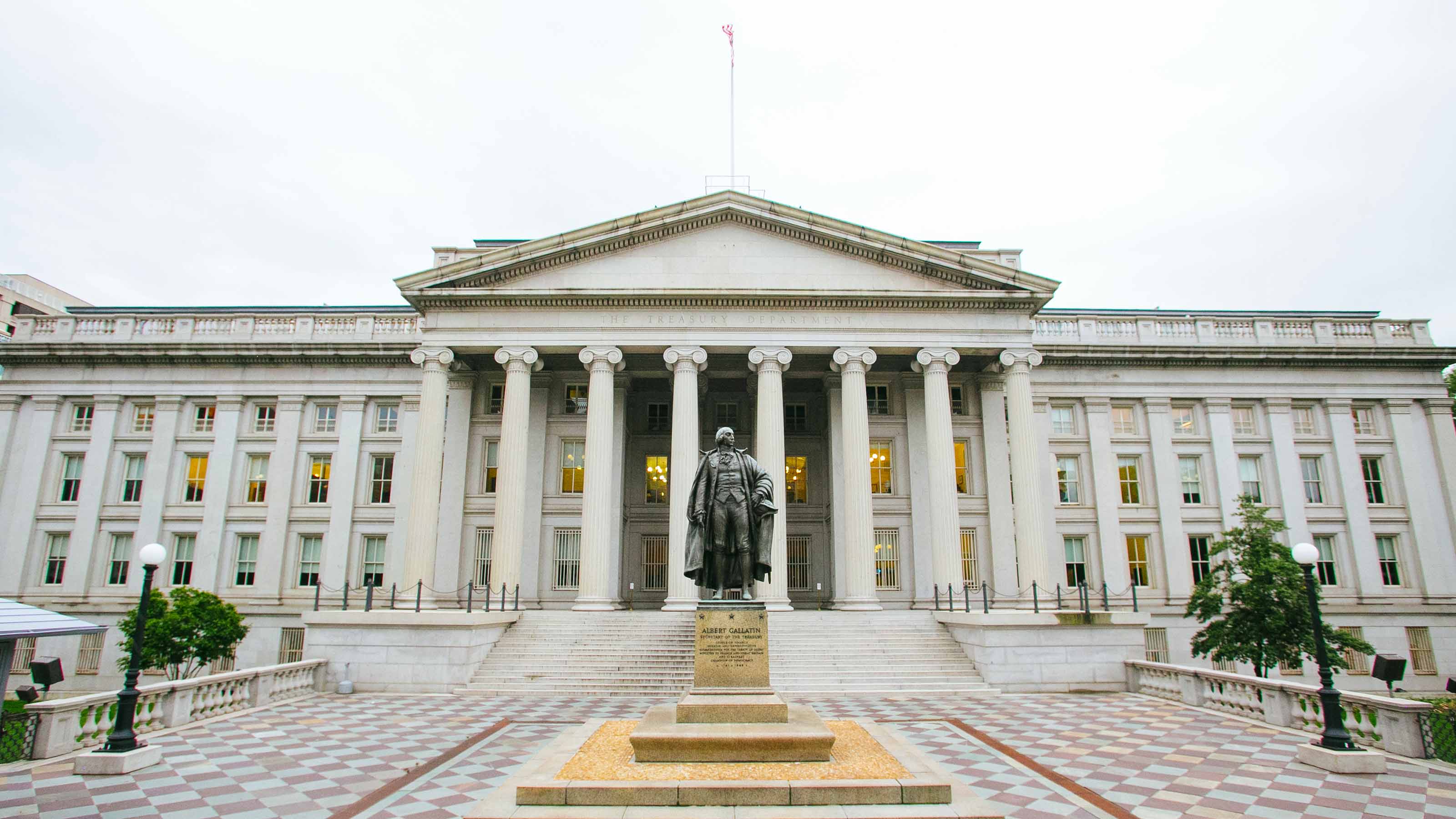My Preference for Preferred Stocks
Preferred stocks are having a great year. Here are six investments to buy into the category.

Preferred stocks may sound like humdrum investments, but the category’s performance has been anything but, with year-to-date total returns of about 7.5%. In March, 15 new offerings totaling nearly $3 billion appeared, four times the usual monthly quota. That’s good news for anyone looking for fully liquid investments that pay a significant yield premium over Treasuries, bank deposits and most dividend-paying common stocks. Preferred shares pay a fixed dividend that takes priority over common-stock payouts. Common stockholders can’t get a cent unless preferred investors are paid as promised, though bondholders get paid first.
Explanations for the burst of new preferreds include random timing; companies raising money for mergers and acquisitions; and issuers eager to pay off or refinance their bank and bond debt on easy terms. Businesses with good to middling credit ratings can lock up financing for 6% or so, possibly in perpetuity because a preferred stock normally lacks a specific maturity date, although the issuer can often redeem after five years. For savers, a coupon rate of roughly 6% is excellent now that interest rates aren’t rising and may indeed recede. For a CEO whose alternatives include issuing junk bonds, selling assets (creating a tax liability) or taking on variable-rate bank loans, preferreds are an affordable financing solution.
In truth, preferred stocks have been a great deal for ages. It’s astonishing that they aren’t more widely promoted. Word is getting out, though: Exchange-traded fund iShares Preferred & Income Securities (symbol PFF, price $37, yield 5.3%) has amassed nearly $15 billion in assets, which is a lot relative to an asset class that claims just $250 billion. (Prices, yields and other data are through April 19 unless otherwise noted.)
From just $107.88 $24.99 for Kiplinger Personal Finance
Become a smarter, better informed investor. Subscribe from just $107.88 $24.99, plus get up to 4 Special Issues

Sign up for Kiplinger’s Free Newsletters
Profit and prosper with the best of expert advice on investing, taxes, retirement, personal finance and more - straight to your e-mail.
Profit and prosper with the best of expert advice - straight to your e-mail.
Great returns every which way. Standard & Poor’s tracks preferreds in many ways, measuring the category broadly as well as sliced into fixed-rate, floating-rate, low-volatility, real estate investment trust preferreds and more. The 10-year annualized returns through early April are grand: 10.5% for U.S. investment-grade preferreds, for example, 11.4% for REIT preferreds and 12.4% for preferreds whose initial fixed rates eventually convert to floating rates. The outsize gains of 2009 inflate 10-year records. But if you start at 2010, you still have excellent returns with little volatility and few defaults or skipped dividends.
Astute fund managers have added huge value. Flaherty & Crumrine, a manager of closed-end preferred funds, is tops. The F&C Preferred Income Fund (PFD, $14) has a nine-year average annual return of 10.7% and a 10-year annualized gain of 16.9%. Sibling funds F&C Preferred Securities Income (FFC, $19) and F&C Preferred Income Opportunity (PFO, $11) have similar returns. Circling back to the latest offerings, notable debuts include Digital Realty Trust’s 5.85% Series K (DLR-K) and Brighthouse Financial’s 6.60% Series A (BHFAP). (It can be tricky to find prices and symbols for preferreds, but brokers, Morningstar.com and the Wall Street Journal are reliable.)
Preferred shares are issued with a fixed face value and, in theory, can be redeemed at that value—typically $25 a share. I think it’s okay to buy preferreds at prices up to $26 a share—about where the better new issues trade now—because a generous yield compensates for that possibility.
As for risks, the bears worry that short-term traders’ antics could cause a mini panic, or that stellar gains and rising demand will foster a pile of junky offerings and a burst of defaults and downgrades. I never say never, but I’ve heard those warnings for years about REITs, utilities, high-yield bonds and municipals, too, without any cataclysms. There are many protections for preferred shareholders. Don’t be too nervous to take advantage of a great opportunity.
Profit and prosper with the best of Kiplinger's advice on investing, taxes, retirement, personal finance and much more. Delivered daily. Enter your email in the box and click Sign Me Up.

Kosnett is the editor of Kiplinger Investing for Income and writes the "Cash in Hand" column for Kiplinger Personal Finance. He is an income-investing expert who covers bonds, real estate investment trusts, oil and gas income deals, dividend stocks and anything else that pays interest and dividends. He joined Kiplinger in 1981 after six years in newspapers, including the Baltimore Sun. He is a 1976 journalism graduate from the Medill School at Northwestern University and completed an executive program at the Carnegie-Mellon University business school in 1978.
-
 Small Caps Can Only Lead Stocks So High: Stock Market Today
Small Caps Can Only Lead Stocks So High: Stock Market TodayThe main U.S. equity indexes were down for the week, but small-cap stocks look as healthy as they ever have.
-
 Ask the Editor: Tips for Filing Your 1040
Ask the Editor: Tips for Filing Your 1040Ask the Editor In this week's Ask the Editor Q&A, Joy Taylor answers questions on preparing and filing your 2025 Form 1040.
-
 Is Direct Primary Care Right for Your Health Needs?
Is Direct Primary Care Right for Your Health Needs?With the direct primary care model, you pay a membership fee for more personalized medical services.
-
 The Most Tax-Friendly States for Investing in 2025 (Hint: There Are Two)
The Most Tax-Friendly States for Investing in 2025 (Hint: There Are Two)State Taxes Living in one of these places could lower your 2025 investment taxes — especially if you invest in real estate.
-
 The Final Countdown for Retirees with Investment Income
The Final Countdown for Retirees with Investment IncomeRetirement Tax Don’t assume Social Security withholding is enough. Some retirement income may require a quarterly estimated tax payment by the September 15 deadline.
-
 Why Investors Needn't Worry About U.S. Credit Downgrade
Why Investors Needn't Worry About U.S. Credit DowngradeFitch Ratings The United States saw its credit rating downgraded for just the second time in history, but experts aren't worried about the long-term damage to stocks.
-
 5 of the Best Preferred Stock ETFs for High and Stable Dividends
5 of the Best Preferred Stock ETFs for High and Stable DividendsETFs The best preferred stock ETFs allow you to reduce your risk by investing in baskets of preferred stocks.
-
 Income-Investing Picks for a Recession
Income-Investing Picks for a RecessionInvesting for Income Some consequences of an economic downturn work to the benefit of fixed-income investors. Here are three fund ideas that fit the bill.
-
 Dogs of the Dow Are 2022's Best in Show
Dogs of the Dow Are 2022's Best in Showdividend stocks Some of the best investments for income investors in a volatile 2022 have come from the Dogs of the Dow.
-
 Bond Values in a Volatile Market
Bond Values in a Volatile MarketInvesting for Income While the market's instability may not be over just yet, the latter half of the year should be less daunting – and possibly more rewarding – for investors.
-
 Should You Buy Bonds Now? What To Consider
Should You Buy Bonds Now? What To Considerbonds The fixed-income market has been turned on its head in recent years, but there are still opportunities for those looking to buy bonds again.